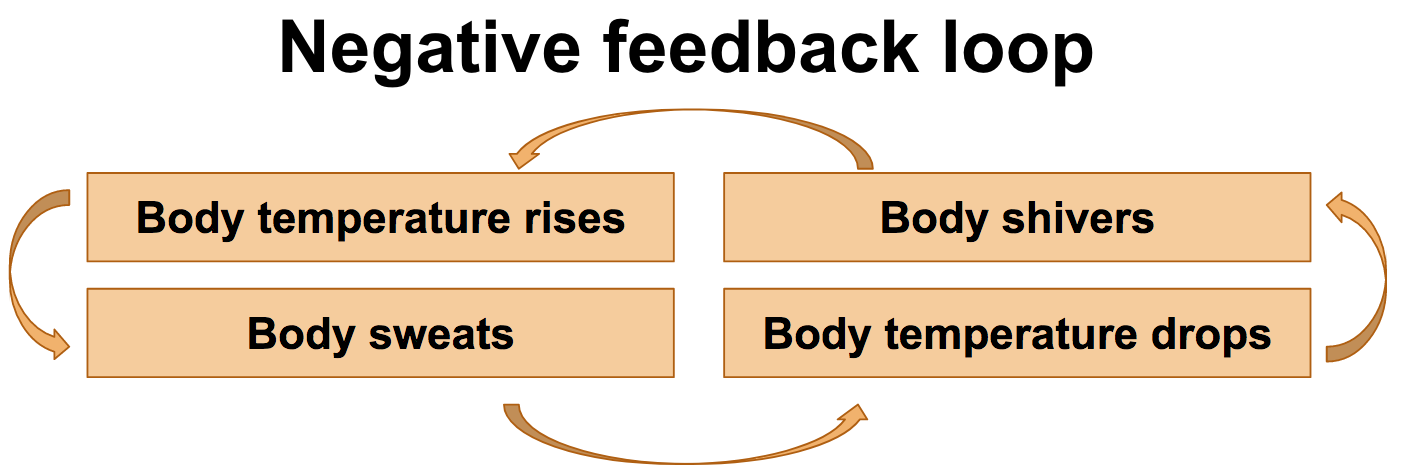

- #Constructive negative feedback examples how to
- #Constructive negative feedback examples professional
Managers need to understand the factors influencing each employee’s performance and identify specific measures for improvement.
#Constructive negative feedback examples how to
Any guidelines about how to give constructive feedback will emphasize this idea: start with the individual. Individual performance influences team performance, but improvements can only happen at the individual level. What are individual employees supposed to do with this feedback? Some of them may identify with the need to improve negotiation skills, but other employees won’t, and won’t know how to improve their performance. The team needs to improve its negotiation skills if we’re going to meet our quarterly target”.

The manager may tell the sales team “we underperformed by 25% this month. Sometimes managers will provide feedback for the team, instead of individuals. Unfortunately, though, some managers tend to overcorrect to avoid personal accusations. In the above example of providing feedback to employees, we see that personal attacks have no place in constructive feedback. If you feel comfortable saying them calmly, do, otherwise, put them in an email after the meeting”. Next time, try taking a deep breath and writing down your thoughts.
#Constructive negative feedback examples professional
While I understand you’re passionate about the project, it’s important that we keep our communication with other departments professional if we want them to take our opinions seriously. Constructive negative feedback is as objective as possible and focuses on corrective action.įor example, the manager in the above example could rather say “it’s clear that you were upset by what Adam said in the meeting. Instead, managers should focus on the actions and their consequences, rather than the person. Could you blame the employee for being insulted in this situation? For example, a manager might say “you handled that meeting with Adam poorly, your immaturity made our department look incompetent”. Too often, managers approach problems with an employee’s performance as being problems with the employee themselves, rather than skill or process issues. Let’s take a closer look at the specific mistakes you’re probably making in your approach to feedback, and some feedback tips for managers to correct them. These challenges can easily stand in the way of giving and receiving feedback that supports employees’ growth. Fragile egos, miscommunication, and poor timing are just some of the challenges of giving feedback. Giving and receiving feedback in the workplace isn’t quite as easy as it seems. The Mistakes That Result in Ineffective Feedback When you manage to provide constructive feedback, you’ll see employees grow and flourish. What it does mean is that feedback is only constructive when it’s provided with the right approach. Does that mean always focusing on giving positive feedback? Not at all. Before we discuss how to give constructive feedback, let’s talk about what that really means.Ĭonstructive feedback aims to build the individual up, rather than break them down. Without quality feedback, employees don’t know how to improve.īut feedback can only help employees improve when it’s constructive. What he probably meant is that meaningful feedback can make the difference between mediocrity and greatness. Management expert Ken Blanchard once said that “feedback is the breakfast of champions”.


 0 kommentar(er)
0 kommentar(er)
